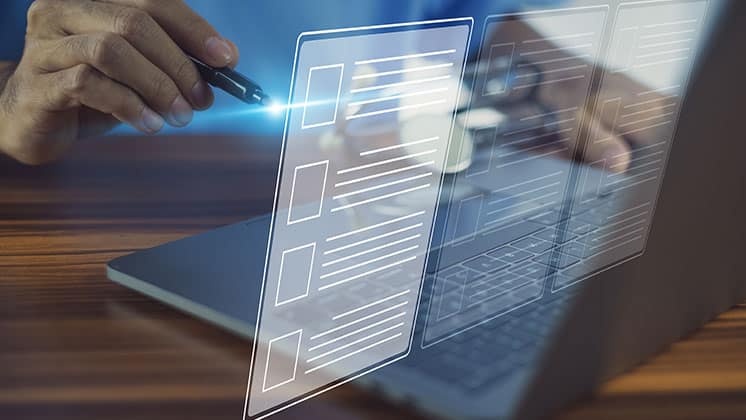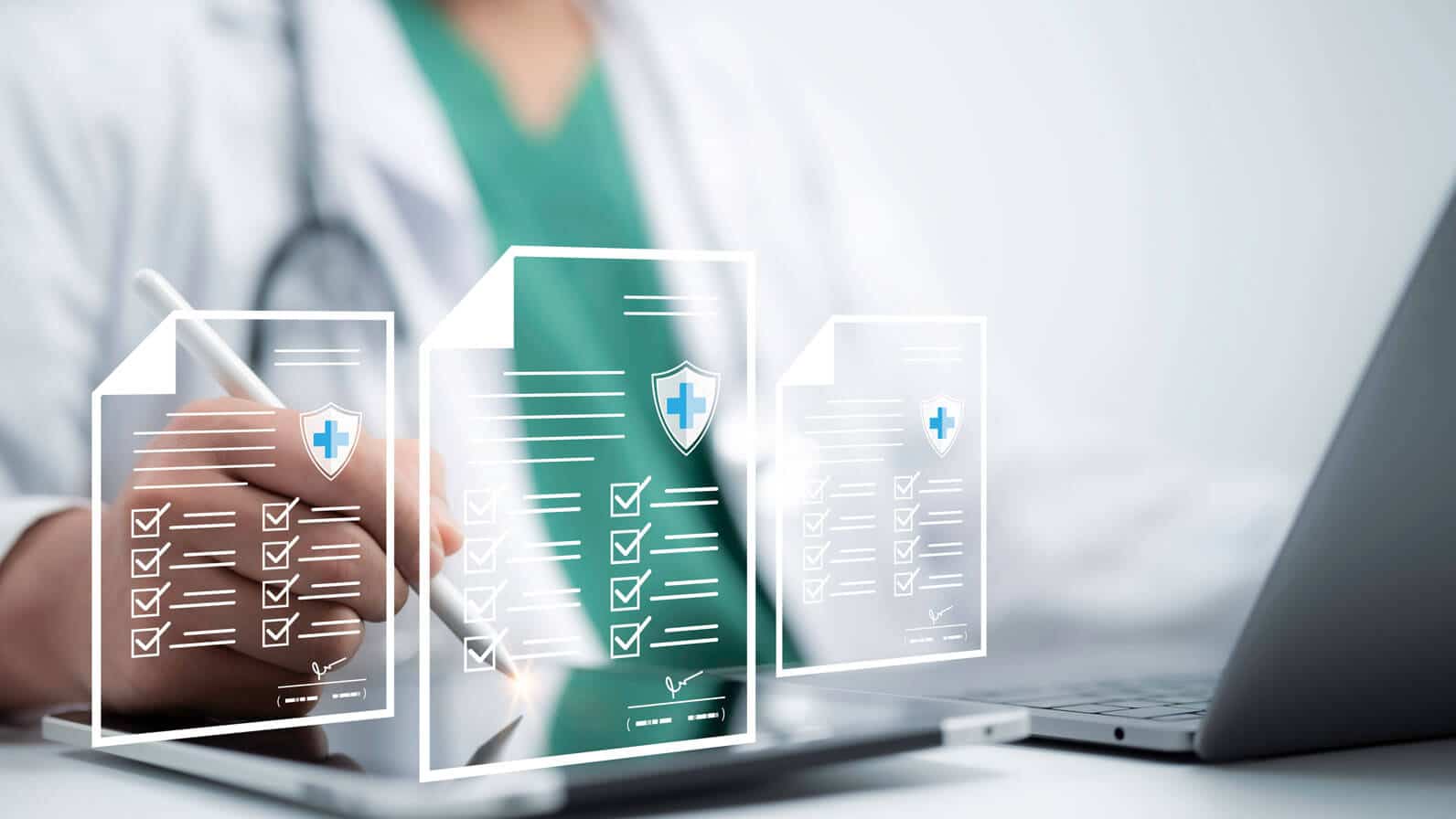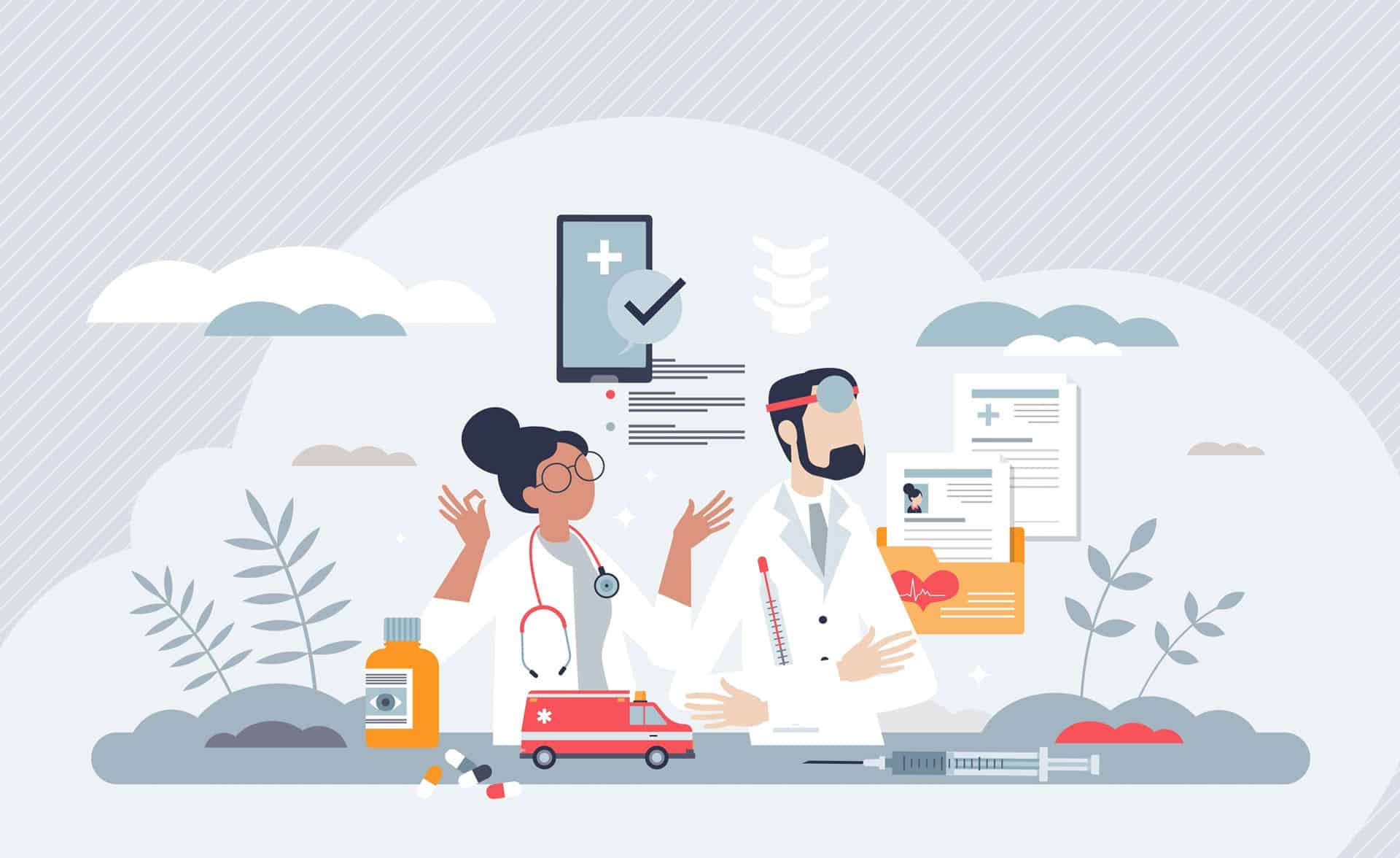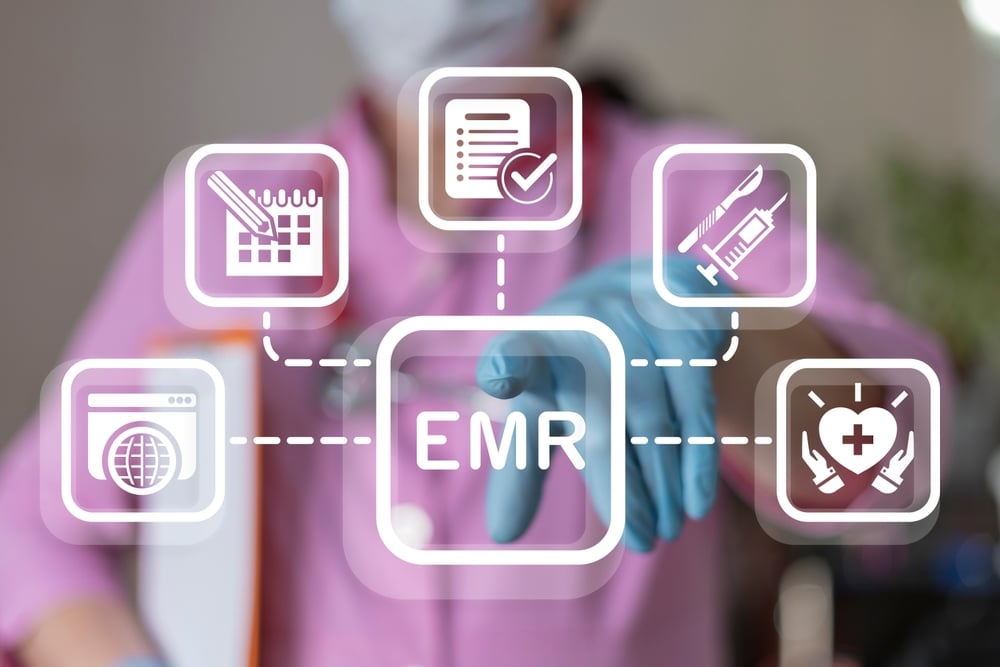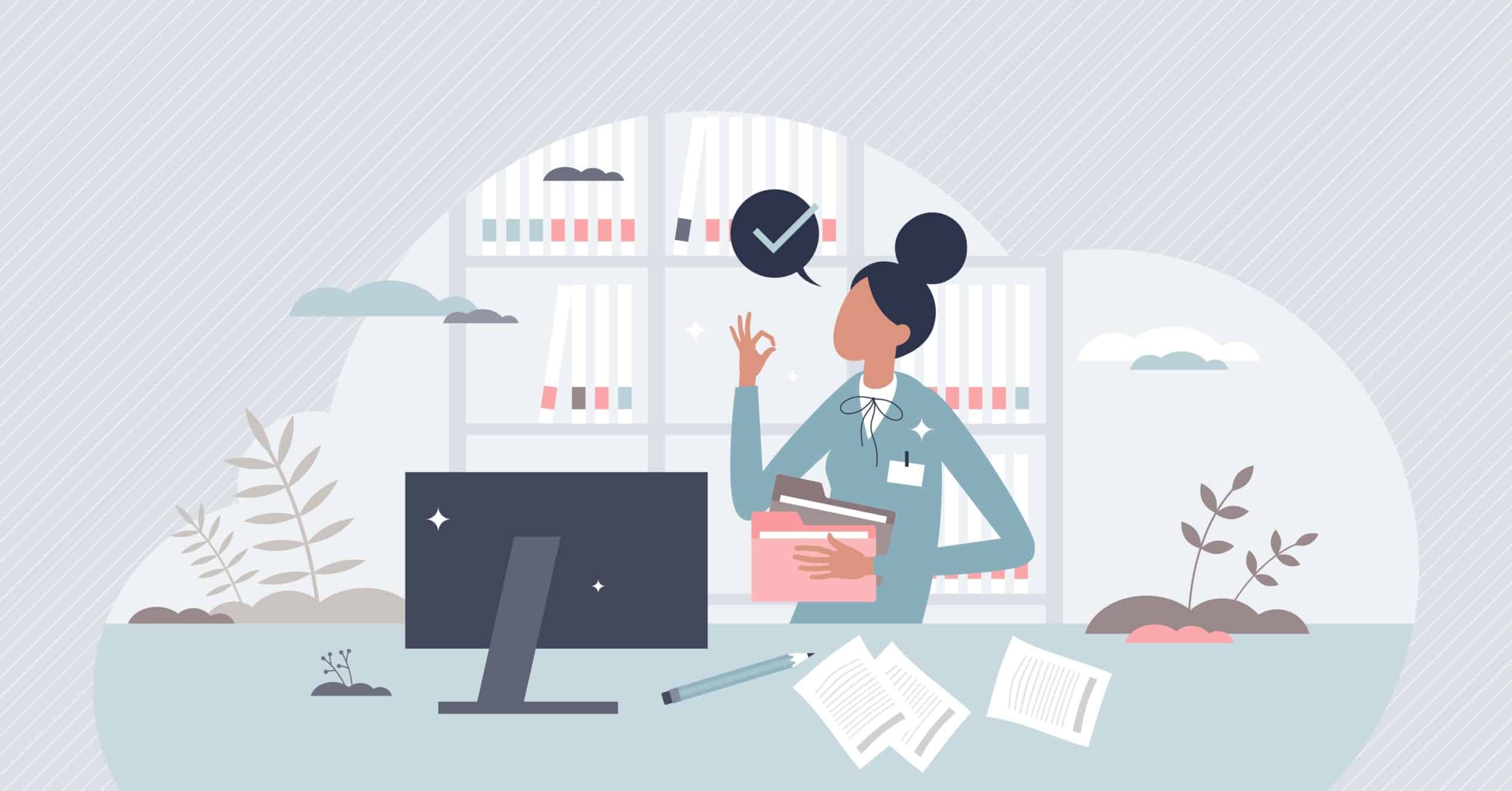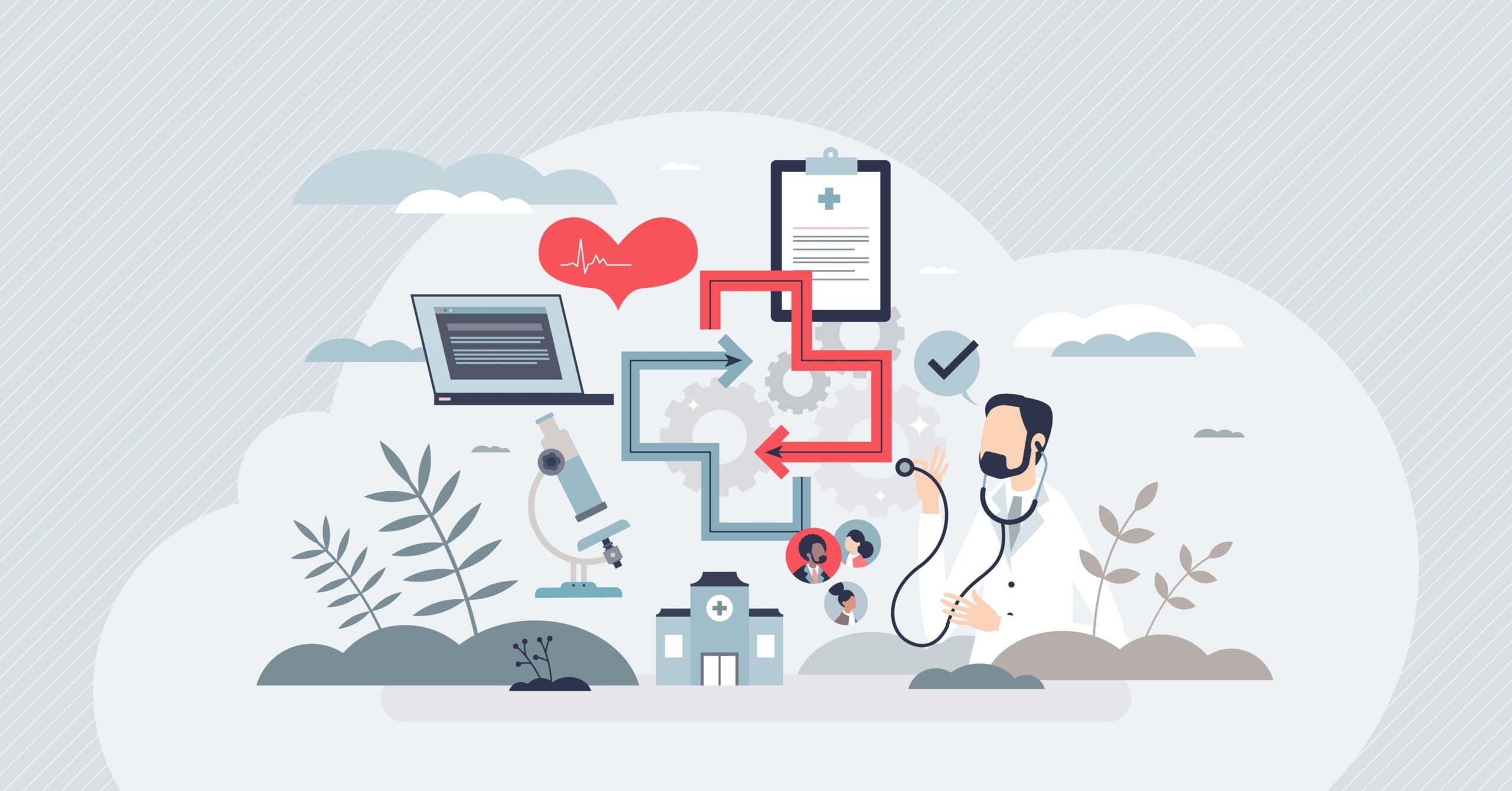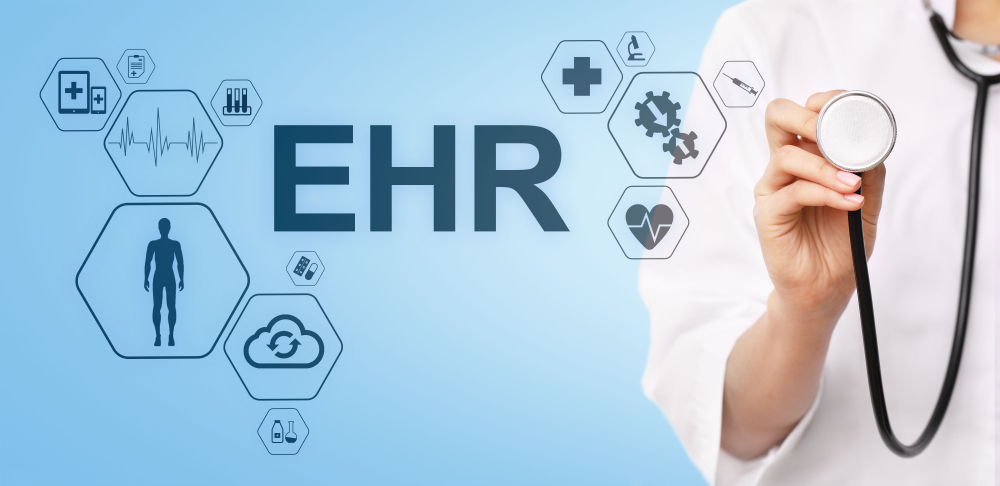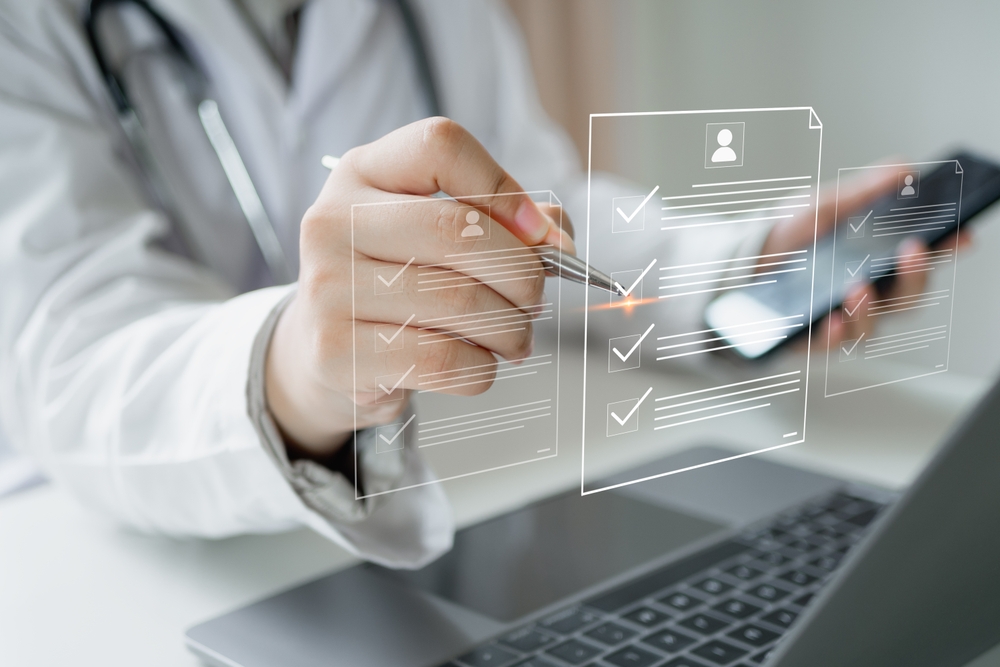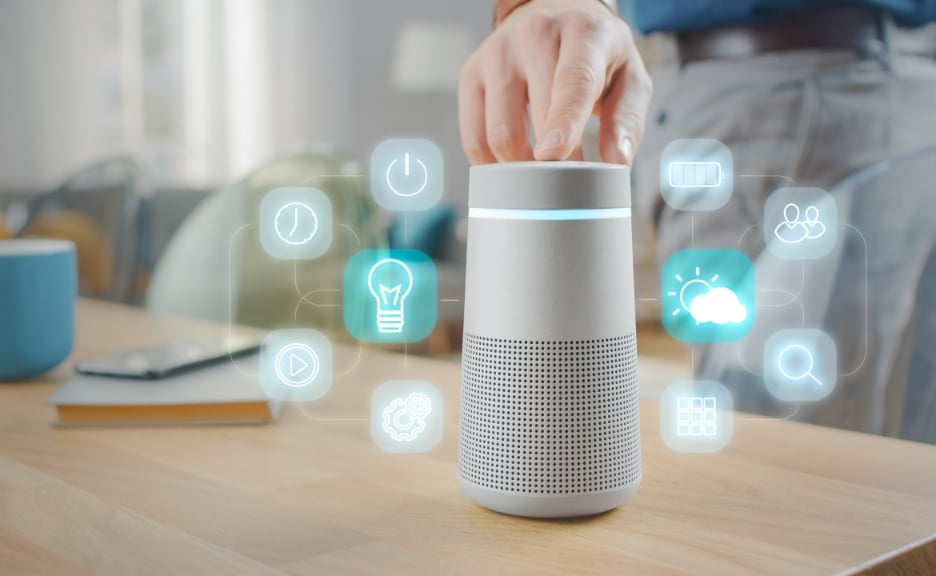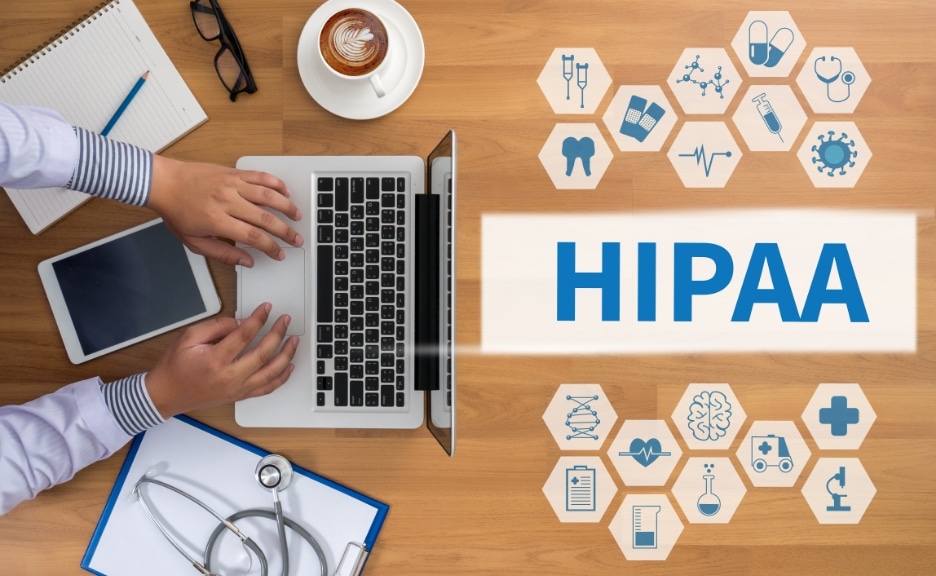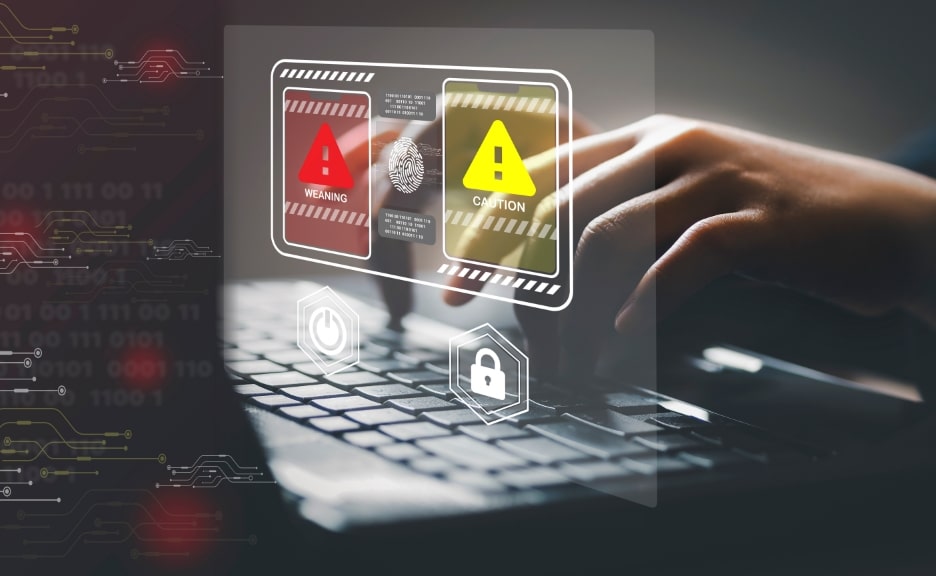Healthcare & Interoperability
Documentation Without Burnout: Smarter Tools for Small Practices
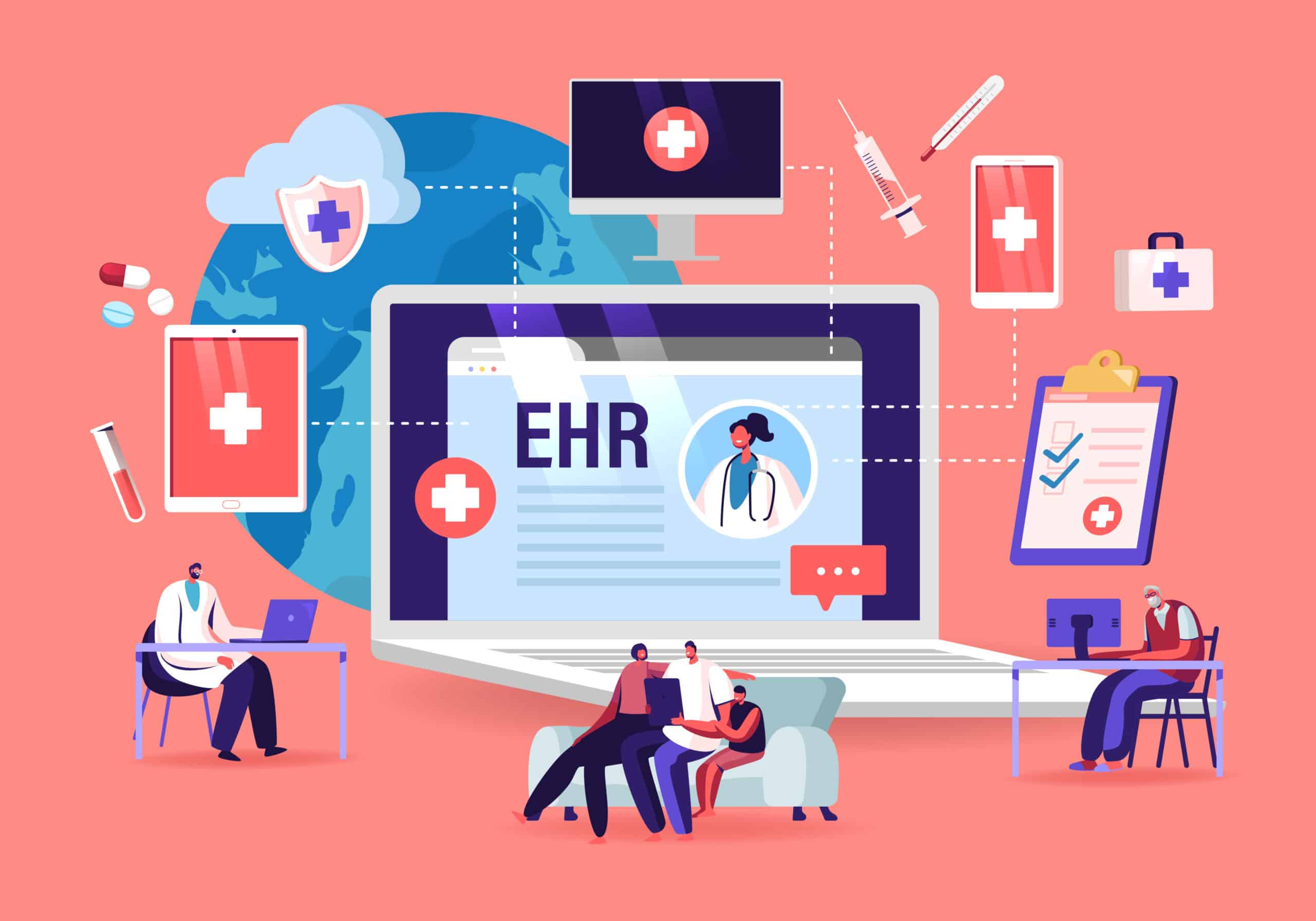
Long days, late nights, and endless notes. This is the day-to-day reality for many small healthcare practitioners across the country. After-hours charting has become so common that it even has a name: pajama time.
If you’re a therapist, this might mean catching up on notes after dinner. If you’re a home health nurse, maybe it’s wrapping up patient assessments after you put the kids to bed. Either way, it’s not sustainable for individuals or our healthcare system. Burnout — fueled by non-stop documentation and administrative overload — is one of the top reasons clinicians are stepping away from the field altogether.
The good news is that there are a number of practical, affordable tools like eFax Unite™ that can allow providers to spend less time on paperwork and more on patient care.
Admin Overload Drives Burnout
In a 2024 national survey, 62% of physicians said excessive documentation was their top source of burnout. For providers in home health and behavioral health, the problem is especially acute.
Home health clinicians are required to complete the Outcome and Assessment Information Set (OASIS), a long and detailed evaluation that tracks patient progress and ensures compliance with Medicare and Medicaid. It serves an important purpose but also eats up a lot of providers’ bandwidth. A single OASIS assessment can take up to three hours for a complex patient.
Behavioral health providers face a different version of the same challenge. Their notes need to be clinically thorough and billing-compliant. But when you’re seeing back-to-back clients all day, these notes start to pile up. Most providers have no choice but to catch up in the evenings.
The Workarounds: Batching, Dictation, and Templates
Faced with this growing burden, many providers have found ways to cope:
- Batching notes is a common tactic. Instead of charting between every session, providers stack their appointments and block off time at the end of the day to document in one go.
- Dictation tools, especially mobile or AI-powered ones, are also gaining traction. Clinicians speak their notes rather than typing them out, which can dramatically reduce time spent on documentation.
- Templates and macros can also be a huge help. Pre-built structures for common note types, like Subjective, Objective, Assessment, and Plan (SOAP) notes or treatment updates, cut down repetitive typing and reduce decision fatigue.
These workarounds can lighten the load, but they don’t fix the root problem: too much documentation and not enough time to get it all done.
When EHRs Make the Problem Worse
Ironically, the very systems that were supposed to reduce documentation burden often add to it.
Most electronic health record (EHR) systems are designed for larger hospital networks, not small teams juggling care and admin themselves. Basic tasks like updating a note or sending a referral can require dozens of clicks. Worse, these systems often don’t integrate well with outside tools like faxes or direct messaging. Staff are forced to jump between platforms or manually upload documents just to get basic tasks done.
A Smarter Tool That Actually Reduces Paperwork
Many small practices worry that the only way to fix their documentation burden is through a major EHR overhaul — something few have the time, budget, or mental bandwidth to take on.
Fortunately, there are other options available. Lightweight, practical tools like eFax Unite can make a real dent in documentation time.
eFax Unite: A Single Place for Documentation Exchange
Notes aren’t the only thing eating into a provider’s time. There’s also a steady stream of referrals, records, and faxes that need to be printed and scanned manually.
Take referrals, for instance. For every referral that comes in, someone needs to print it, scan it, attach it to the right chart, and alert the provider. The entire process is done by hand and eats up time that providers could be spending with patients.
eFax Unite makes this part of the job much less cumbersome. It brings digital fax, Direct Secure Messaging (DSM), and document routing into one HIPAA-compliant platform.
With eFax Unite, small practices can:
- Send and receive faxes digitally from any device
- Route incoming documents directly to the right chart or inbox
- Communicate securely with outside providers using DSM
- Ditch the scanner, printer, and paper clutter
- Track delivery and stay compliant with built-in audit trails
Best of all, this tool doesn’t force small practices to endure costly EHR overhauls. It’s designed to complement your existing workflows, not replace them.
Getting started is simple:
- Set up your secure eFax and/or DSM inbox.
- Connect it to your EHR or folder system.
- Start sending and receiving documents digitally.
Better Tools Lead to Better Work-Life Balance
When clinicians spend more time with patients and less wrangling paperwork, everyone benefits from it. Patients get better care, providers are less likely to burn out, and small practices can operate more efficiently.
Getting there doesn’t require a massive system overhaul. Smart, lightweight tools like eFax Unite can help slash documentation time without upending your workflows.
Request a demo to see how eFax Unite can give your providers their time back.
